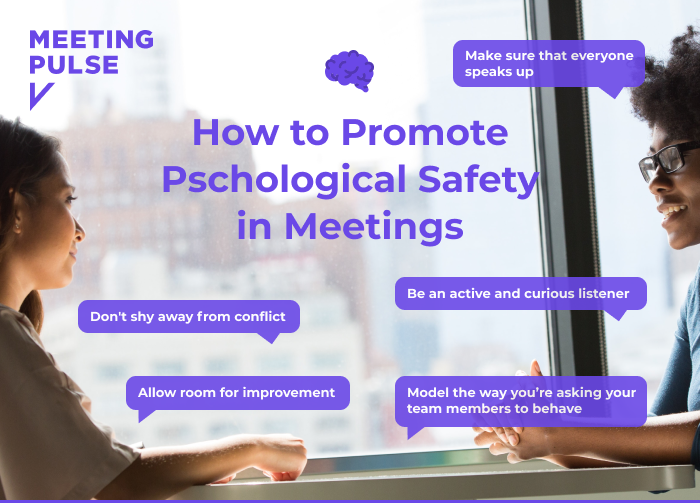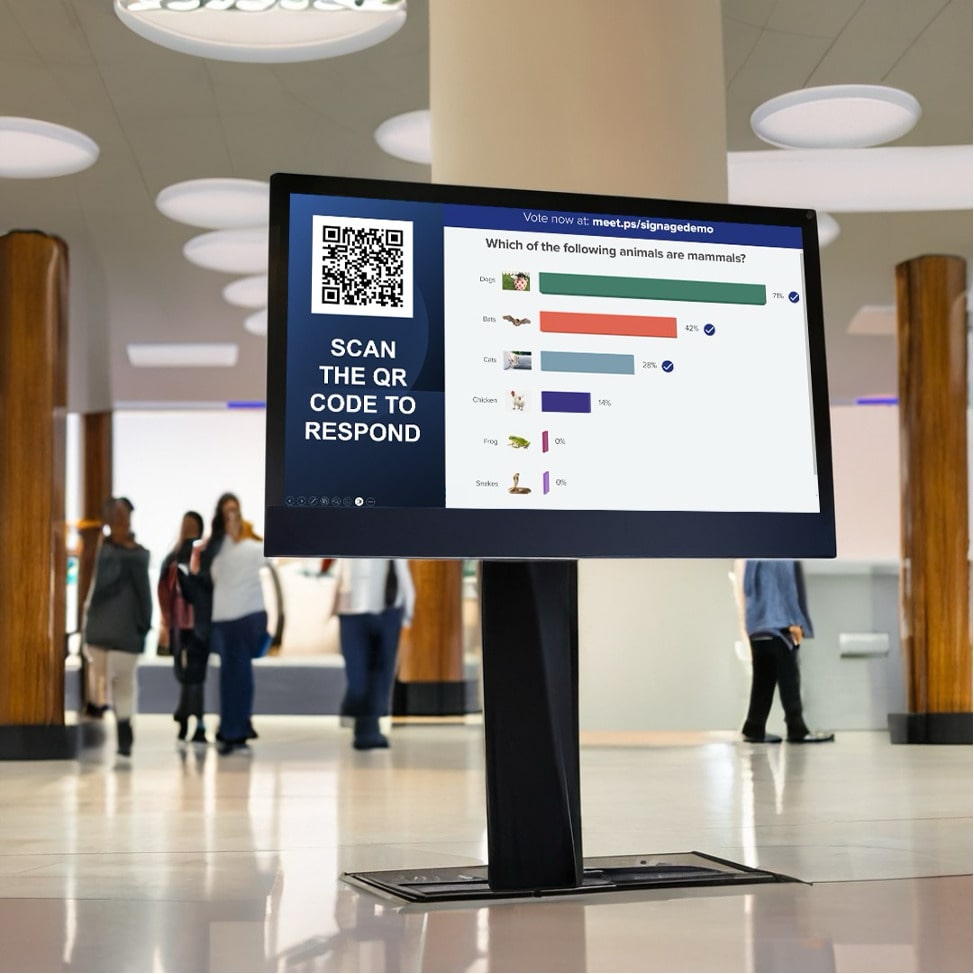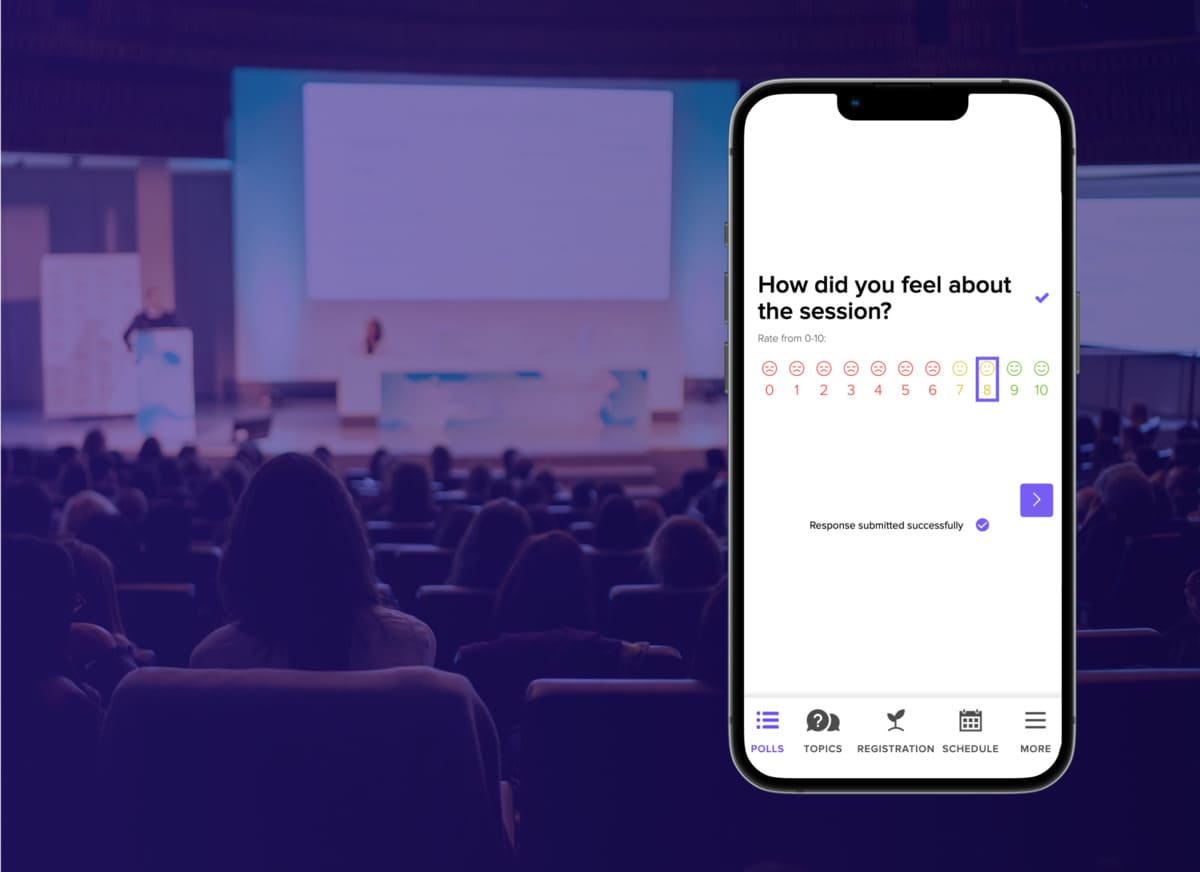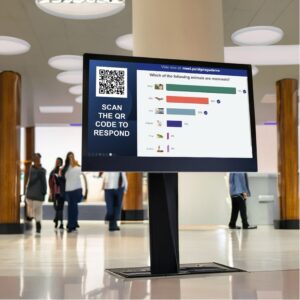Have there been times at work when you’ve felt less-than-completely-safe? You may have thought about making a comment, or asking a question. But what if someone dismissed your idea, or assured you that there is, in fact, such a thing as a stupid question? In most workplaces most of us have ever been in, we’ve known we were risking embarrassment, a loss of status, or even punishment when we spoke up about an issue or an idea. In those moments, we — and perhaps our entire team too — did not feel psychological safety at work.
Psychological safety is a shared belief — held by the members of a team — that others on that team won’t embarrass, reject, or punish them for speaking up about an issue or otherwise bringing what we might call their whole, authentic self to work.
An environment that is safe for interpersonal risk-taking has been proven to strengthen employee engagement, to provide better exchange of creative ideas, to improve the well-being of employees (reducing employee turnover), to strengthen team performance, and to turn employees into advocates and ambassadors of the product. All those things can come from team members, in a positive team climate, feeling safe in an inclusive workplace culture.
What does psychological safety look like?
A team that feels safe turns out stronger work, due at least in part to the team members’ ability to take risks with each other — to engage in work in the spirit of play and experimentation that’s so crucial to creativity. That phenomenon was proven in the late 1990s by Amy Edmondson, later of Harvard Business School. While researching the reasons for medication mistakes in hospital settings, she found that it wasn’t the teams with the most experience, or those with the highest standards, that made the fewest errors.
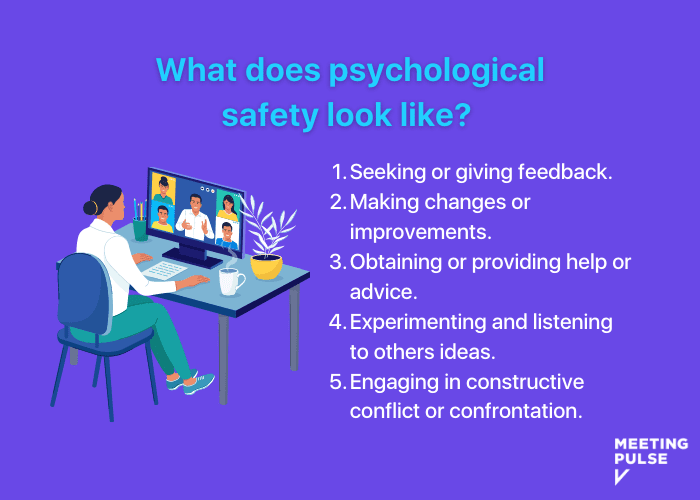
Instead, it was the teams who worked in environments in which mistakes could be discussed, rather than hidden. (We see the same improvement in competence working in favor of more transparent democratic nations and against those with authoritarian or punitive leaders). Feeling safe with one another, high-performing teams in Edmondson’s study worked together to reduce error. She named that feeling psychological safety. Edmondson described it as having five common behaviors.
- Seeking or giving feedback. Team members feel free to offer or to ask for comments on their work.
- Making changes or improvements. Teams hold regular meetings to determine how their methods can improve.
- Obtaining or providing help or advice. Team members feel free to go beyond their team to gather expertise.
- Experimenting. Team leaders listen to the ideas of those dealing directly with the product and implement them to see if they will work.
- Engaging in constructive conflict or confrontation. Team leaders manage issues in careful ways.
Edmondson concluded that the need to ask questions, to seek help, and to tolerate mistakes in the face of uncertainty are the tools that lead to psychological safety on teams and in team meetings. In its own study, Google famously concluded that psychological safety was the #1 factor on its most productive teams.
What does this mean for meetings and events?
Dr. Timothy Clark, in his book The Four Stages of Psychological Safety, noted that there are four separate levels that team members must progress through on the road to speaking up and making strong and valued contributions.
- Stage 1: Inclusion Safety. At this level, members feel safe on the team, feel that their ideas are welcomed, and don’t feel excluded. At meetings and events like this, everyone is invited. Everyone can contribute ideas and questions. All participants can vote on the ideas and questions of others.
- Stage 2: Learner Safety. At this level, team members feel that they can learn from each other and can ask for help if needed. Participants can chat with one another, whether in person or through digital chat functions.
- Stage 3: Contributor Safety. At this level, members offer their ideas without fear of being embarrassed or ridiculed. Sometimes anonymity is a great way to bring about inclusivity. A special strength of digital tools is their ability to allow people to contribute ideas anonymously, so that they can feel psychologically safe.
- Stage 4: Challenger Safety. At this level, team members feel free to question others’ ideas and to suggest new ones. Digital tools allow ideas to bubble up from the bottom. Participants can propose ideas anonymously so that the title, or lack thereof, of the “speaker” doesn’t not affect the way the idea is perceived. A suggestion from a brand new person or a marginalized person can be considered on its own merits.
A strong team environment helps workers move through these stages and begin to feel comfortable taking interpersonal risks and sharing ideas and assistance. One way to do this is to begin to view differences among team members as a source of value. A workplace is psychologically more safe for its employees when they know it values a diversity of ideas to the table – ideas that are heard and are acted upon.
The same rules apply for meetings and events – perhaps more so – whether the meeting is held in-person or via the web. The goal of a meeting, says The Center for Creative Leadership, is “to create a psychologically safe work climate where team members aren’t worried about feeling rejected for speaking up.”
And people generally will share their thoughts if they’re asked to. If they feel that they’re in a psychologically safe work environment, most people will offer their perspective. And it’s gleaning the perspective of all of the team members that makes a meeting a strong one. That kind of sharing might be engendered by using this opener: “Welcome. We expect to hear a variety of perspectives during this meeting. Please share yours – it’ll help us better understand the issues that we are about to address.”
In-person meetings
It’s important to be on time and to arrive with your game attitude in place. Be ready to listen and to share. Leave your phone at the door, ask for input from everyone in the meeting, and show that you understood by repeating what you heard. One ice-breaking tool, to pull the team together, is to ask a check-in question at the start of the meeting – and then to give about three minutes for everyone to respond to this non-work-related query.
Virtual meetings
The same rules apply to virtual meetings. But while the virtual realm can be unnerving, it offers the opportunity to really look at the speaker and try to understand the deeper meaning behind what they’re saying. In a face-to-face meeting, you’d never stare at someone for 20 or 30 seconds, reading their body language and micro-expressions. In a virtual meeting you can, and often do.
Meeting participants have the option of using the chat feature to offer statements that might make them feel vulnerable if they said them aloud. Some virtual meeting tools also allow for anonymous comments. That provides even more of a feeling of safety.
It’s a good idea for team leaders to define clear expectations for the team’s responsiveness in virtual meetings. Note that everyone must share.
And there’s an issue of politeness. If you were all together at a table, no one would dare pull out a computer and start working on a different project. Yet this happens all the time in video meetings. Warn your team ahead of time if you will demand the cameras be on or if you will require a certain number of responses. Sometimes video meetings just require a bit more regulation to make them productive and safe.
How do you promote psychological safety?
Clearly, the case for fostering psychological safety for the members of a group has been made. It’s an environment that is critical to the sharing of ideas. How can you create psychological safety on your team, or in your event? Let’s look at a few ways of achieving it.
- Walk the walk. Model the way you’re asking your team members to behave. In meetings, events, and throughout the workplace, set an example for your teams.
- Be an active and curious listener, someone whose respect for colleagues is evident.
- Make sure that everyone speaks up. Respect is a big part of this. Welcome new voices. At meetings and events, use the software tools that are available to give voice to people who might otherwise be reluctant to share their ideas.
- Allow room for improvement. Make room for people to discuss mistakes.
- Don’t shy away from conflict. Often, the best ideas come from disparate sides of the table.
Above all, be someone whose respect for others is evident. Keep the conversation open and don’t be afraid to show your vulnerability – it may encourage others to show theirs.
How does psychological safety improve meeting performance and event productivity?
When a team feels safe, its members share, grow, and learn – not only from each other, but from careful consideration of their mistakes. What does that look and sound like? Well, in a psychologically safe workplace, team members:
- Ask for, and receive, both positive and negative feedback.
- Use respectful, clear language, both in and outside of meetings.
- Feel comfortable sharing not only what is, but what isn’t going well.
- View any difficult feedback as an opportunity to grow or to collaborate.
Actions that non-leaders can take
The creation of psychologically safe work environments is not just the responsibility of the business leaders or the team managers. It’s the responsibility of each team member, personally. When team members discuss failures so that they can learn from them, when they both ask for and offer help when needed, when they seek each other’s strengths, when they feel comfortable when challenging leadership, when they encourage team members and remember to say thanks when help has been offered, the team’s level of trust grows. And this way of building trust can happen with remote teams as well as teams in the same physical workplace. It just requires good meeting standards and active listening.
Here are some ways to engender a stronger team environment when you’re just a member of the team, not a manager.
- Ask open-ended questions.
- Listen to the responses and to any new ideas.
- Share your ideas and ask others to share theirs too.
- Salute each other, show care and empathy.
- Offer and ask for support, when needed.
And again, and above all, practice active listening (particularly when the discussion gets challenging).
How can I build psychological safety at my place of work?
You may be asking, “Sounds great. Where do I start?” Well, a logical place for this kind of professional development to begin is in your meetings, where ideas can be exchanged. Of course, you’re not going to be able to change the entire company culture overnight. But when supportive leadership’s behavior shifts, the behavior at the other levels must as well. Start by modeling what you want. Then quantify it, clearly, for your teams. And then, make it a day-to-day expectation.
The Predictive Index lists eight tips that will help to build psychological safety in the workplace.
- Show the team you’re engaged.
- Let the team see that you understand.
- Avoid blaming – to show trust.
- Be self-aware – and demand the same from your team members.
- Nip negativity in the bud.
- Include the team in decision making.
- Be open to feedback.
- Champion your team, supporting and representing them.
Once your team members feel safe, their performance will improve dramatically, if research is to be believed. They’ll approve of your new status quo, they’ll become ambassadors of your message, and they’ll want to stay, work hard, and contribute to the overall effort. Remember, an organization is only as good as its team members. Make sure that yours are heard and that they feel safe.
I’m not good at meetings. Can you help?
As we’ve said, it all starts with how to design your meetings and events for maximum safety and inclusion. The experts at MeetingPulse can help. We work with innovative organizations to determine how best to create the kinds of meetings people love to go to.
